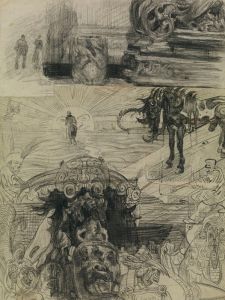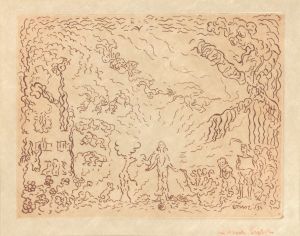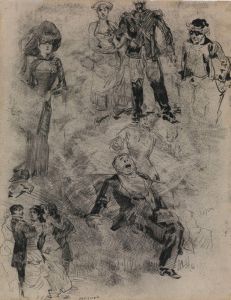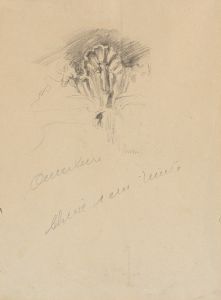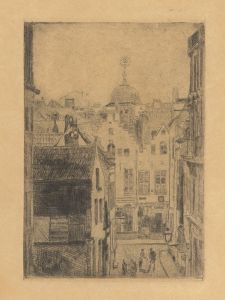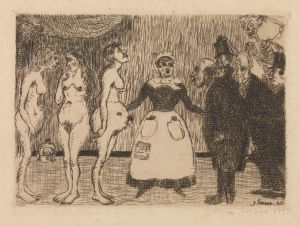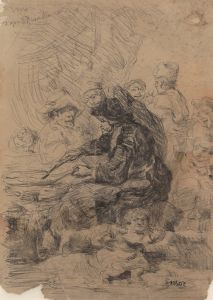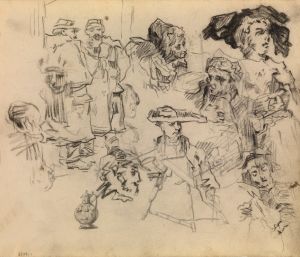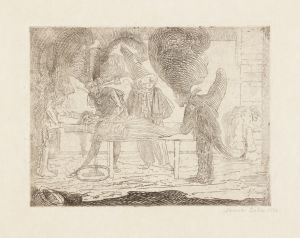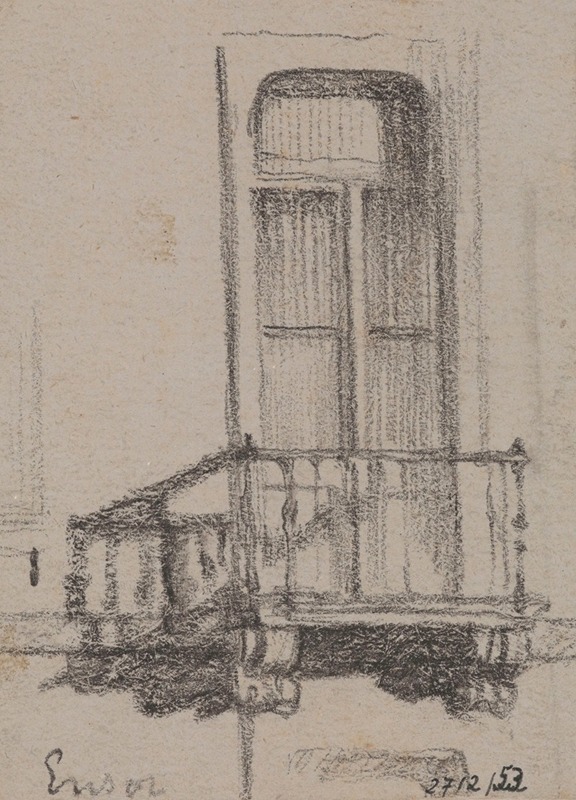
The Balcony
A hand-painted replica of James Ensor’s masterpiece The Balcony, meticulously crafted by professional artists to capture the true essence of the original. Each piece is created with museum-quality canvas and rare mineral pigments, carefully painted by experienced artists with delicate brushstrokes and rich, layered colors to perfectly recreate the texture of the original artwork. Unlike machine-printed reproductions, this hand-painted version brings the painting to life, infused with the artist’s emotions and skill in every stroke. Whether for personal collection or home decoration, it instantly elevates the artistic atmosphere of any space.
"The Balcony" is a painting by the Belgian artist James Ensor, created in 1888. Ensor, a prominent figure in the Symbolist movement, is known for his innovative use of color and his exploration of themes such as death, masks, and the grotesque. His work often reflects a critical view of society and human nature, and "The Balcony" is no exception.
This painting is an oil on canvas and measures approximately 80 by 100 centimeters. It is housed in the Royal Museum of Fine Arts in Antwerp, Belgium. "The Balcony" is notable for its vibrant use of color and its complex composition, which is characteristic of Ensor's style during this period. The painting depicts a group of figures on a balcony, overlooking a street scene. The figures are dressed in elaborate costumes and masks, a recurring motif in Ensor's work that symbolizes the hidden and often absurd nature of human identity and social conventions.
Ensor's use of masks in "The Balcony" can be seen as a critique of the superficiality and hypocrisy he perceived in society. The masks serve to obscure the true nature of the individuals, suggesting that people often hide behind facades. This theme is consistent with Ensor's broader body of work, which frequently explores the tension between appearance and reality.
The composition of "The Balcony" is dynamic and somewhat chaotic, with a sense of movement and energy. Ensor employs a bright and varied color palette, using bold contrasts to draw attention to different elements within the scene. The figures on the balcony are rendered with a high degree of detail, while the background is more loosely painted, creating a sense of depth and perspective.
James Ensor was influenced by a variety of artistic movements and styles, including Impressionism and Post-Impressionism, but he developed a unique approach that set him apart from his contemporaries. His work often incorporates elements of satire and social commentary, and "The Balcony" is a prime example of this aspect of his art. The painting reflects Ensor's interest in the theatrical and the carnivalesque, as well as his fascination with the macabre and the bizarre.
"The Balcony" is considered an important work in Ensor's oeuvre, as it encapsulates many of the themes and techniques that define his artistic vision. It is a testament to his skill as a painter and his ability to convey complex ideas through visual means. The painting continues to be studied and appreciated for its innovative use of color, its intricate composition, and its insightful commentary on the human condition.
In summary, "The Balcony" by James Ensor is a significant work of art that exemplifies the artist's unique style and thematic concerns. Through its use of masks, vibrant colors, and dynamic composition, the painting offers a critical perspective on society and human nature, inviting viewers to reflect on the masks they wear in their own lives.






